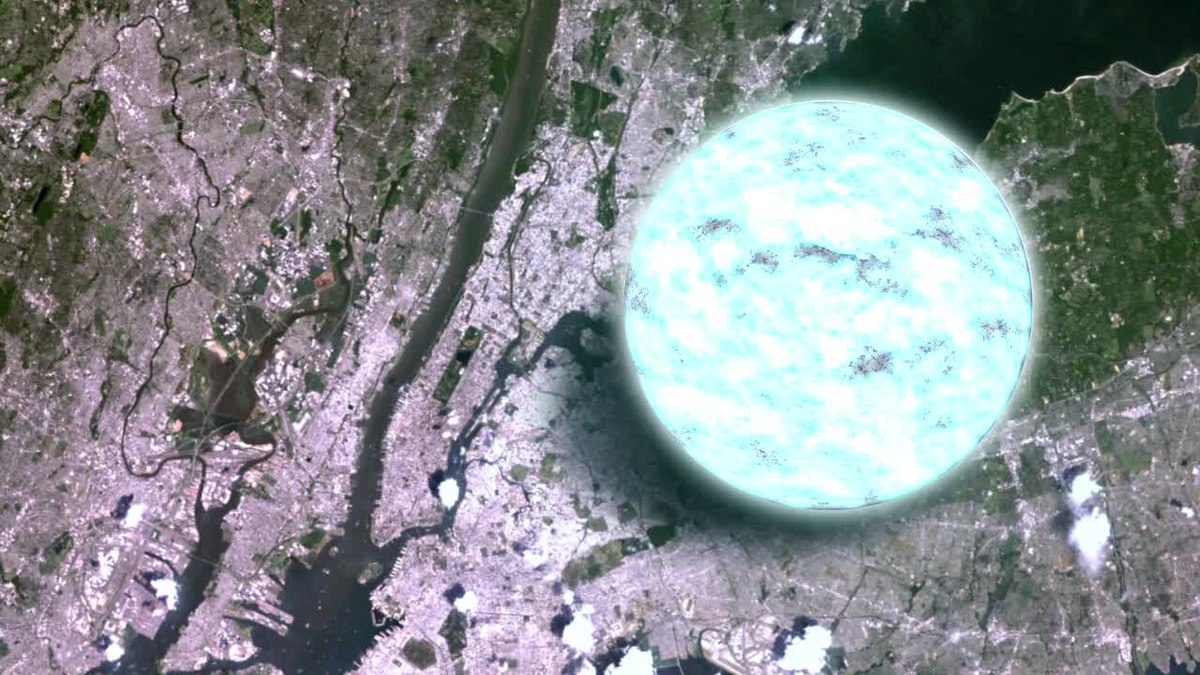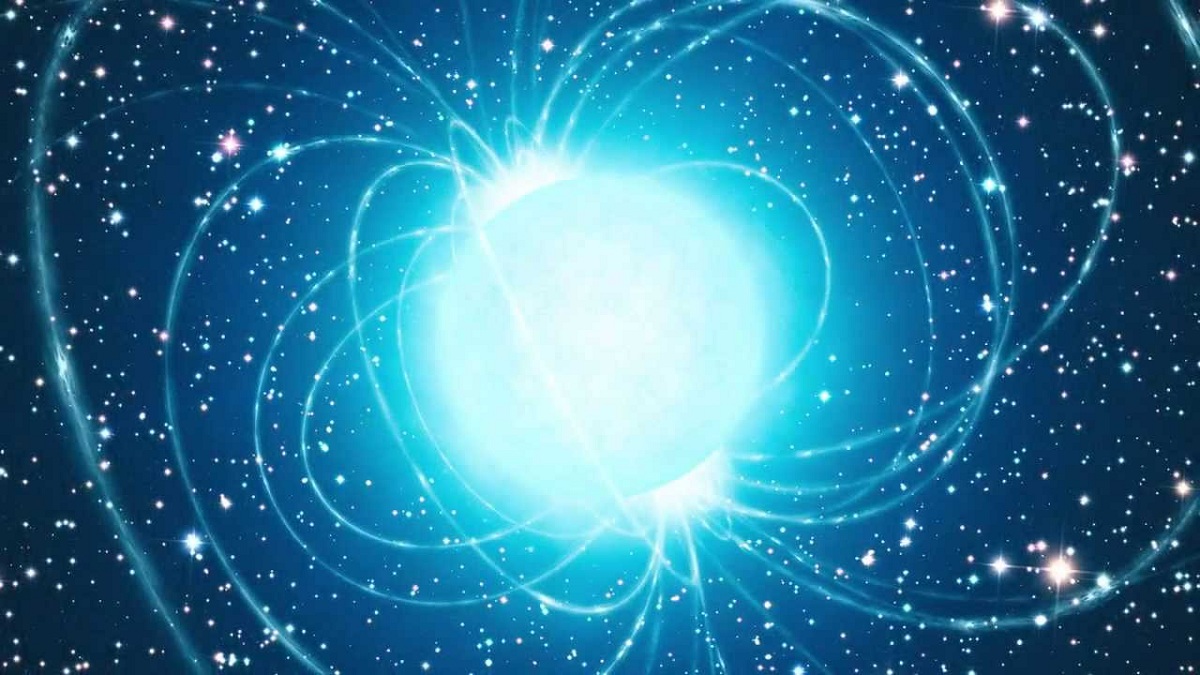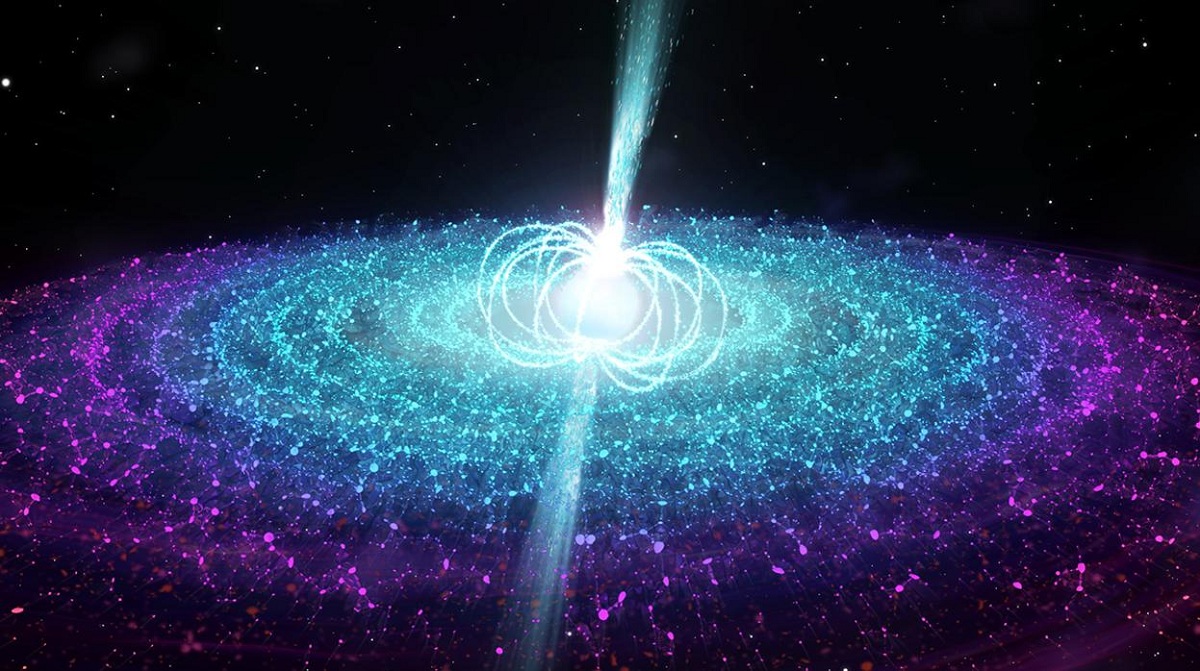
La neutron star and quark stars, like black holes, are exciting objects. Astrophysics has developed enough to give us very valuable information about them, which encourages us to continue paying attention, hoping that cosmologists can better understand them and help us understand more precisely the process that triggers their training.
In this article we are going to tell you everything you need to know about neutron stars, their characteristics and origin.
Neutron star
Although these stars with neutrons and quarks are the true protagonists of this article, in order to understand them, we are first interested in reviewing the life process of stars. However, before we get into the flour, it seems important to make a statement of intent: in this article you will not find an equation. They do not need to understand precisely and intuitively how the exciting physical processes that explain their formation work.
Stars are made up of clouds of dust and gas scattered throughout the universe. When the density of one of the clouds is high enough, gravity will act on it, which will lead to the appearance of a tireless mechanism called gravitational contraction, which will condense the material contained in the cloud and gradually form small stars or protostars. This stage of stellar evolution is called the main sequence, in which stars gain energy through gravitational contraction.
From
Approximately 70% of the mass of a star is hydrogen, 24-26% is helium and the remaining 4-6% is a combination of chemical elements heavier than helium. The life of each star is affected by its initial composition, but more importantly, it is profoundly affected by its mass, which is nothing more than the amount of matter that gravity can accumulate and condense in a part of space.
Interestingly, more massive stars consume fuel much faster than less massive stars, so as we will see throughout this article, they have a shorter lifespan and, most importantly, are more violent and spectacular. As the gravitational contraction condenses the material contained in the cloud, its temperature gradually increases.
If the amount of accumulated material is large enough, the pressure and temperature conditions required for the spontaneous fusion of hydrogen nuclei through nuclear fusion reactions will appear in the nucleus. When the temperature of the protostar's core reaches 10 million degrees Celsius, hydrogen ignition occurs. The moment these conditions occur is the moment the nuclear furnace is turned on. and the star begins a phase called the main sequence, during which it draws energy from the fusion of hydrogen nuclei.
core fusion
The product of hydrogen fusion is a new helium nucleus, so the composition of the star begins to change. In this process, a large amount of energy is released and the stars are forced to constantly readjust to maintain hydrostatic balance. Astrophysicists have mathematical tools that can describe this process very accurately, but we are interested in knowing that hydrostatic equilibrium is the mass that keeps the star stable.
To achieve this, it is essential that two opposing forces coexist and compensate each other. One of them is gravitational contraction, which, as we have seen, compresses the material of the star, mercilessly squeezing it. The other is the pressure of radiation and gas, which is the result of the ignition of a nuclear furnace, trying to expand the star. The constant readjustment that stars undergo when they consume hydrogen and produce new helium nuclei is responsible for keeping it in equilibrium, so the gravitational contraction on the one hand, radiation and gas pressure on the other, are kept at bay.
In this process, the core of the star is forced to contract to increase its temperature and prevent gravitational collapse. If it cannot balance due to the pressure of radiation and gas, it is doomed to gravitational collapse. If the mass of the star is large enough, its core will heat up and compress so much that when the hydrogen is depleted, the helium nucleus will fuse. From that moment on, a process called triple alpha will begin.
Characteristics of the neutron star
This phenomenon describes the mechanism by which three helium nuclei fuse to produce a carbon nucleus, and it occurs at a temperature higher than the melting temperature of hydrogen nuclei. In this process, the star will continue to use up its helium reserves, produce carbon nuclei, and readjust itself to maintain a perfect balance, again thanks to the combined effects of gravitational contraction and radiation and gas pressure. That is when it will not stop producing carbon.
When this element is depleted in the core, it readjusts, compresses and raises its temperature again to avoid gravitational collapse. From this point on, the carbon core will ignite through the process of nuclear fusion and begin to produce heavier chemical elements.
Although in the core of the star, the fusion of carbon occurs in the immediate upper layer, the ignition of the helium remains unchanged. And above this hydrogen. In the process of stellar nucleosynthesis, name of the process in which nuclear reactions occur within these objects, stars take on a hierarchical structure similar to an onion. The heaviest elements are at the core, and from there we find increasingly lighter elements one after another.
The stars are actually responsible for producing the chemical elements. In it are synthesized oxygen, carbon, hydrogen, nitrogen, calcium and phosphorus that constitute 99% of the mass of our body. And the chemical elements that make up the remaining 1%. The matter that makes us up is not just us, but everything that surrounds us literally comes from the stars.
I hope that with this information you can learn more about the neutron star and its characteristics.


